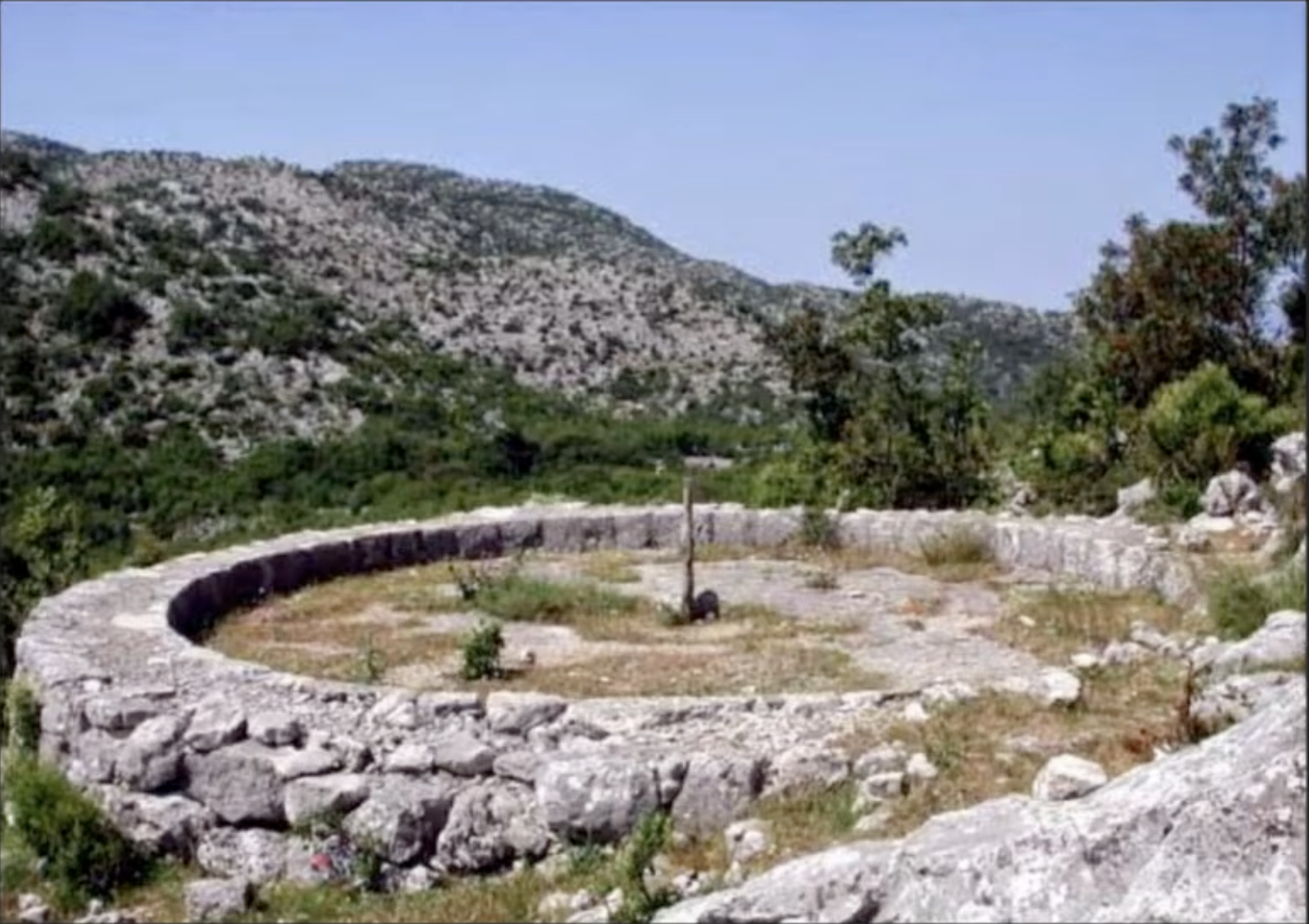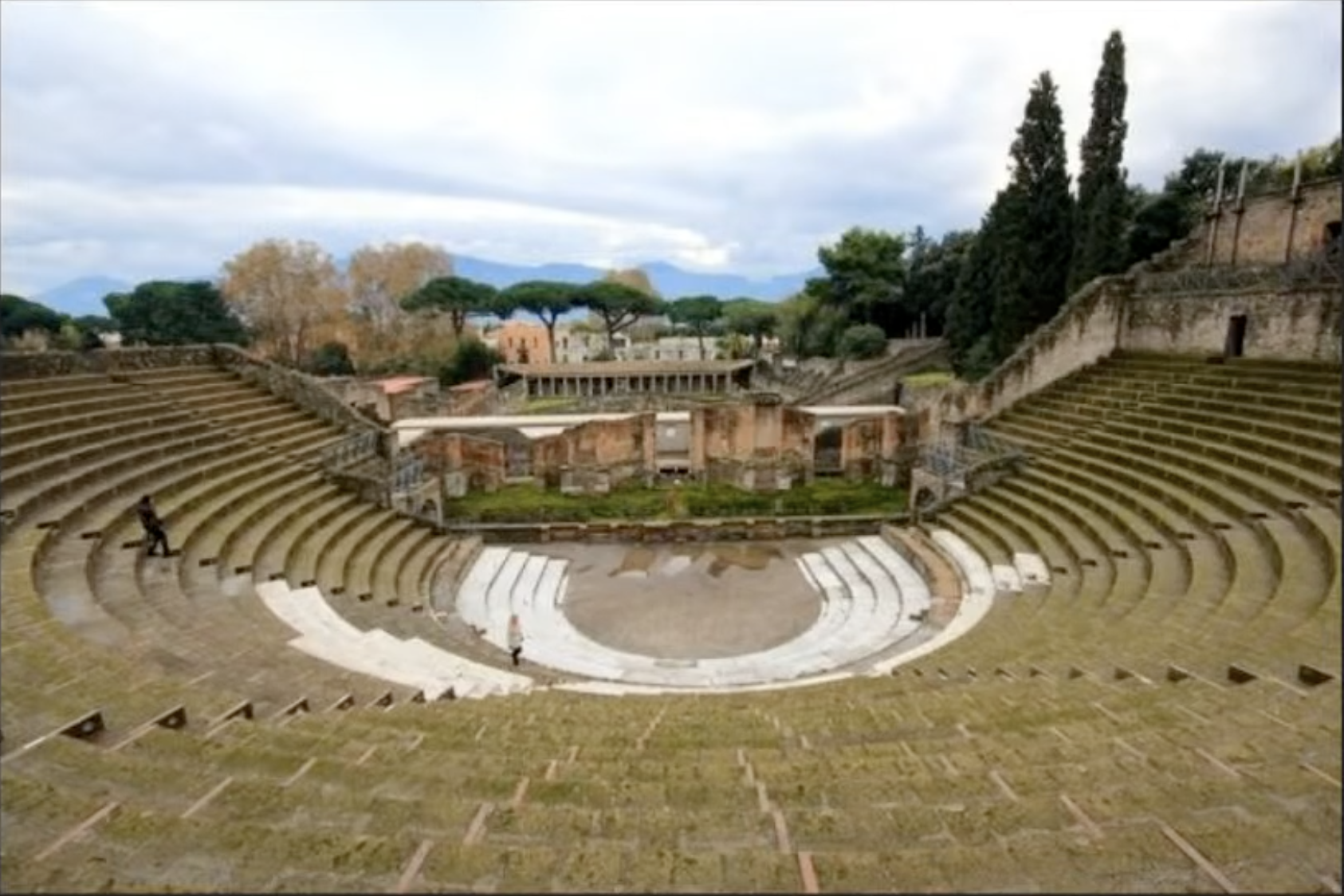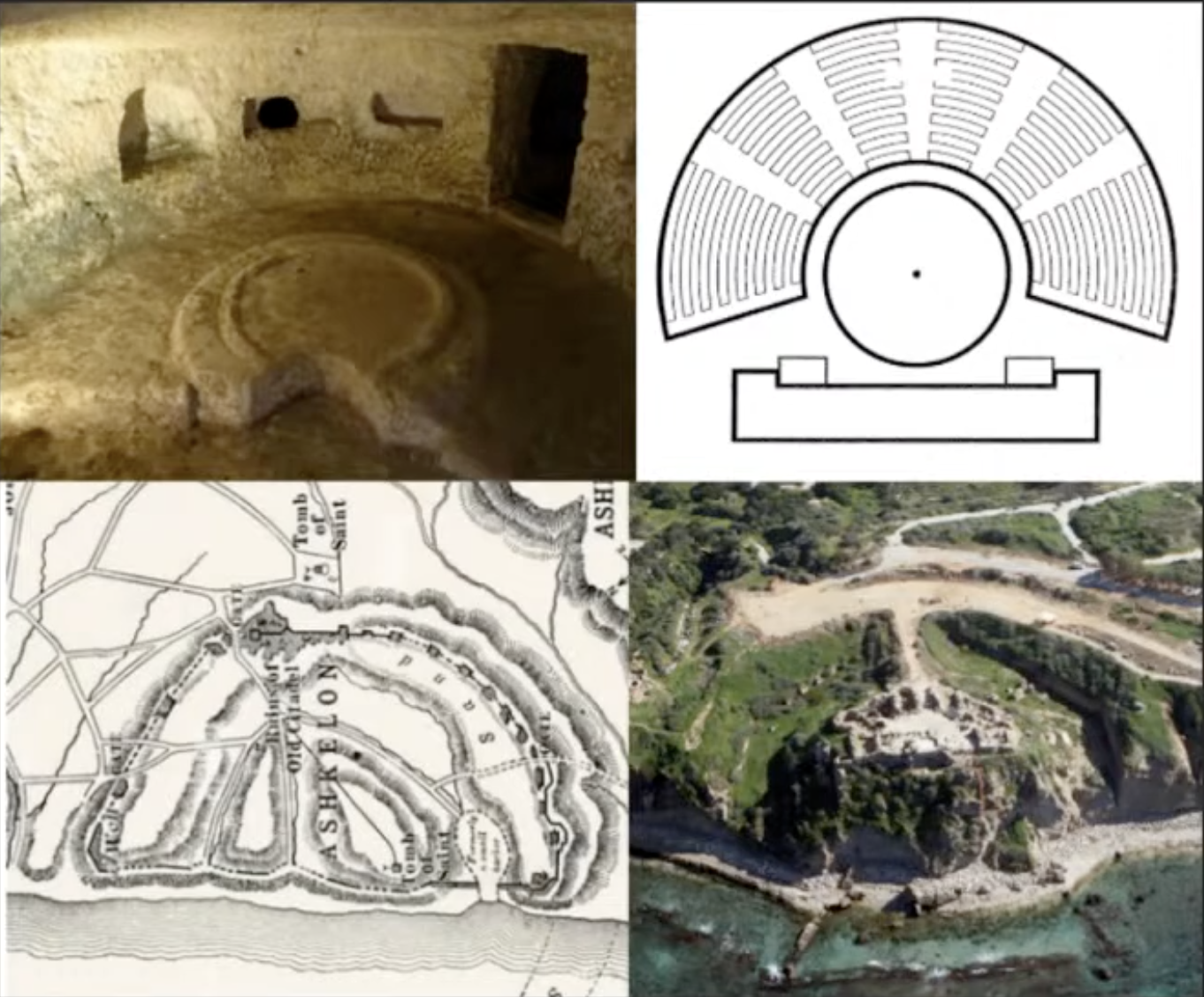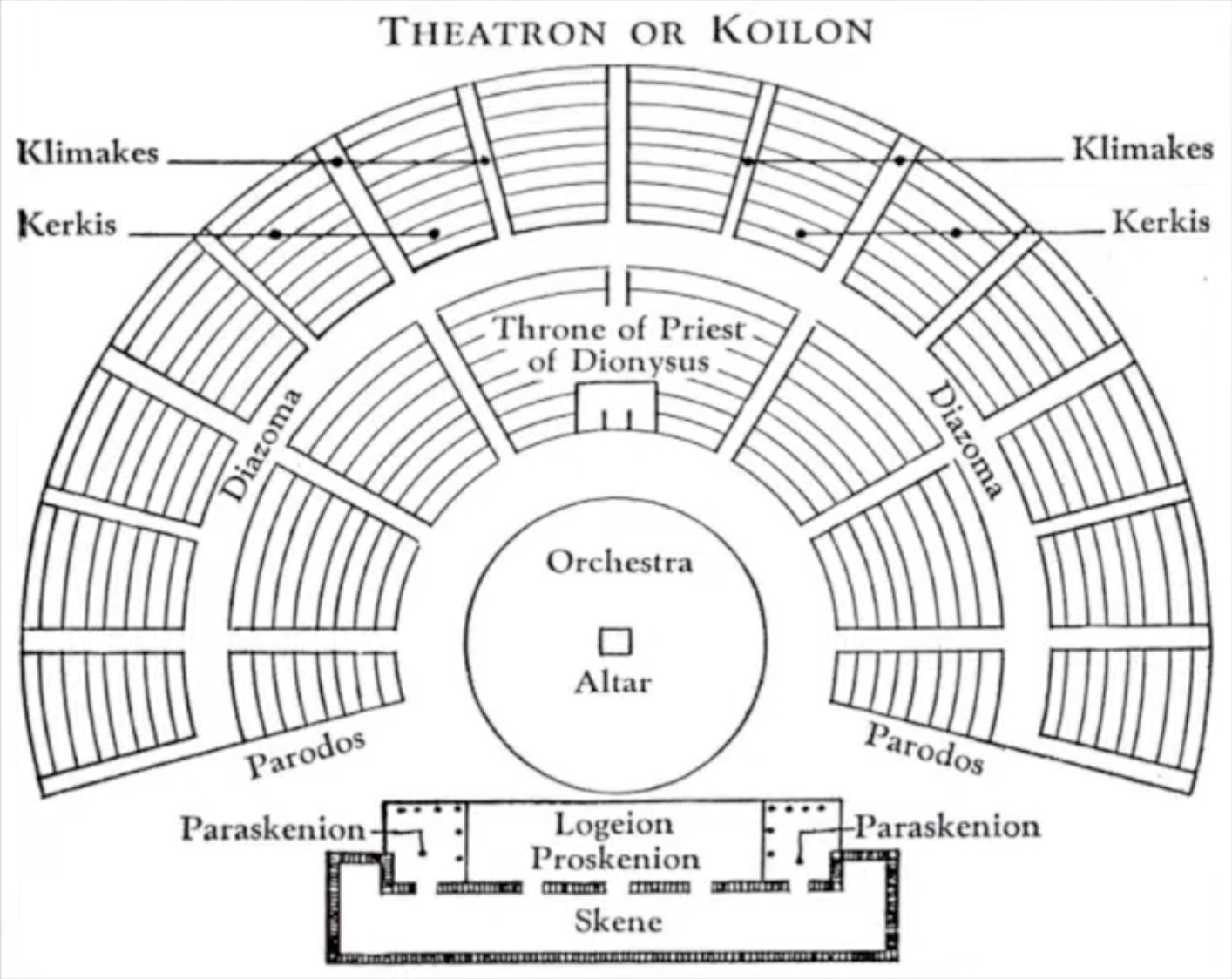The Mystery of Manna - The Psychedelic Sacrament of the Bible - Dan Merkur
Dan Merkur’s The Mystery of Manna: The Psychedelic Sacrament of the Bible (2001) presents a provocative interpretation of biblical manna and ritual practices, connecting them to psychoactive substances and ergot fungus.
Table of Contents:
- A note on the age of the biblical sources
- Manna and the Showbread
- The Bread of the Presence
- The Draught Ordeal
- Ergotism background
A note on the age of the biblical sources
- The Old Testament text that we quote here (e.g. Exod. 16) comes to us through the Old Testament. The oldest version we actually have in hand in antiquity is the Greek Septuagint (LXX), translated in Alexandria around ca. 290–250 BCE. That’s the earliest surviving complete textual witness.
- You'll see scholarly claims below like e.g. “Source: Yahwist (J), 10th century BCE” this is not a manuscript date. It comes from the Documentary Hypothesis (a modern scholarly reconstruction from the 19th–20th century). This theory tries to split the Pentateuch into sources (J, E, D, P), and assigns them speculative dates like “Yahwist (J) = 10th c. BCE.” But no manuscript from that period exists; it’s an inferred authorship timeline.
- In reality, the earliest text we can actually touch is Greek:
- Septuagint (LXX) → ~3rd century BCE (Ptolemaic Alexandria).
- Later: Dead Sea Scrolls (1st c. BCE–1st c. CE), some with Hebrew fragments of Torah, but incomplete and varied. Along with Greek fragments that appear to be back-translated from the Hebrew.
- There's a strong case made that the Old Testament and Hebrew language itself was both part of a forgery effort, a psyops campaign to lay earlier claim to a mystical tradition and brand it with monotheism and patriarchy to gain centralized control in order to erase the traditions formed around Nature (justice, knowledge, liberty, male/female being two equal or complimentary sides of humanity). See Old Testament Greek Origins for more detail on this.
tldr: There's controversy around just how old the Old Testament really is, 290BCE (physical and linguistic evidence) or 1000BCE (inferred based on the stories). Below, we're going with the Documentary Hypothesis. Psyops campaign or not, there's a psychedelic mystical tradition here being described, for the priesthood only, which is what is interesting.
Manna and the Showbread
The biblical story of manna, the miraculous bread provided to the Israelites in the wilderness, has long been read as a literal, miraculous sustenance. Yet careful examination of the texts reveals a consistent, esoteric tradition: manna was understood as a psychoactive substance that facilitated visions of Yahveh's glory (Exod. 16:6-10). This interpretation was preserved in Jewish and Christian exegetical traditions, often kept secret to avoid ridicule or persecution (Malina, 1968; Friedman, 1987).
The first explicit reference occurs in Exodus 16, where Moses promises the Israelites that "in the morning you shall see the glory of Yahveh" as they eat manna.
Here, "seeing the glory" does not refer to a spatial movement or ordinary sight; it describes a visionary experience induced by ingestion of the manna. The Priestly (P) author, writing in the late eighth century BCE, treats “glory” as a theological term referring to Yahveh's visible manifestation in visions or dreams, sometimes anthropomorphic, sometimes angelic (Mettinger, 1982).
"Say to the whole congregation of the children of Israel,
"Come near before Yahveh, for he has heard your murmurings." And it was as Aaron had spoken to the whole congregation of the children of Israel. They looked toward the wilderness, and behold, the glory of Yahveh appeared in the cloud.
(Exod. 16:6-7a, 8b-10)
- morning star, bringing the dawn? there's an ancient rite that occurs in the morning when venus the morning star is visible, where the dawn bringer conducts a rite. See Morning Star - from the Note Taker
From a historical perspective, the phenomenon described an entire community experiencing a vision at a pre-announced time—cannot plausibly be explained by mass hysteria or hypnotic suggestion (Num. 12:26-27). Psychoactive ingestion is the only known means by which a large group could reliably experience religious visions simultaneously (Ott, 1993; Wasson et al., 1978).
A second biblical reference occurs in Isaiah 30:20, which associates manna with visionary experience in a prophetic or eschatological context:
(Isa. 30:20)
Here, manna is called the “bread of hardship,” consistent with the Israelites’ ambivalent attitude toward it in Numbers 11:4-9. The text implies a sensory and spiritual transformation mediated by the substance, reinforcing the interpretation of manna as psychoactive (Ott, 1993; Schultes & Hofmann, 1979).
The biblical showbread, or bread of the Presence, placed before Yahveh in the tabernacle, shares remarkable parallels with manna (Lev. 24:5-9; 1 Sam. 21:4-6). Both were unleavened, flake-like cakes that could be preserved and consumed in a sacred context. Both were gathered or baked in measured quantities: an omer of manna and two-tenths of an ephah for the showbread (Exod. 16:36; Lev. 24:5). The ritual display of manna and the showbread functioned as a conduit for religious experience, suggesting that the bread of the Presence may have preserved a tradition of psychoactive sacrament (Haran, 1978; Propp, 1987).
(1 Sam. 21:4-6)
Historical and textual evidence indicates that the Israelites’ experiences with manna were not purely narrative or poetic. Source-critical analysis shows distinct Yahwist (J) and Priestly (P) layers, reflecting different attitudes toward public versus restricted access to the substance (Malina, 1968; Friedman, 1987). These textual nuances align with the broader context of ancient Near Eastern cultic practice, where sacred substances were controlled and consumed in ritualized settings (Haran, 1978; de Boer, 1972).
In sum, the biblical accounts, when examined carefully and in light of source criticism, consistently describe manna as a psychoactive substance that enabled visionary religious experiences. The showbread of the tabernacle, later placed before Yahveh, appears to have been a ritualized continuation of this tradition, providing a controlled means of contact with the divine for priests and, occasionally, permitted lay participants.
References
- The Mystery of Manna - The Psychedelic Sacrament of the Bible - Dan Merkur: pp. 1-27
- Bruce J. Malina, The Palestinian Manna Tradition: The Manna Tradition in the Palestinian Targums and Its Relationship to the New Testament Writings (Leiden: E. J. Brill, 1968), pp. 1-18.
- Jonathan Ott, Pharmacotheon: Entheogenic Drugs, Their Plant Sources and History (Kennewick, WA: Natural Products Co., 1993), pp. 139-40.
- Richard Elliott Friedman, Who Wrote the Bible? (New York: Harper & Row, 1987), p. 210.
- Tryggve N. D. Mettinger, The Dethronement of Sabaoth: Studies in the Shem and Kabod Theologies (Lund: CWK Gleerup, 1982).
- Harold N. Moldenke & Alma L. Moldenke, Plants of the Bible (Waltham, Mass.: Chronica Botanica, 1952), pp. 125-28.
- Schultes, Richard Evans & Albert Hofmann, Plants of the Gods: Origins of Hallucinogenic Use (New York: McGraw-Hill, 1979), p. 103.
- Menachen Haran, Temples and Temple-Service in Ancient Israel (Oxford: Clarendon Press, 1978; rpt. Eisenbrauns, 1985), p. 210.
- P. A. H. de Boer, “An Aspect of Sacrifice,” in Studies in the Religion of Ancient Israel: Supplements to Vetus Testamentum (Leiden: E. J. Brill, 1972), pp. 27-30.
- William Henry Propp, Water in the Wilderness: A Biblical Motif and Its Mythological Background (Atlanta: Scholars Press, 1987), pp. 51-52.
- R. Gordon Wasson, Carl A. P. Ruck, & Albert Hofmann, The Road to Eleusis: Unveiling the Secret of the Mysteries (New York: Harcourt Brace Jovanovich, 1978), plate 9.
The Bread of the Presence
The biblical account of manna, long enigmatic, gains coherence when understood as a psychoactive substance. Certain passages in Exodus 16 suggest that manna was more than mere food: it was a ritual object whose consumption was closely tied to sacred vision and priestly practice.
Public vs. Priestly Access
Exodus 16 presents two differing accounts regarding the display of manna:- Source: Yahwist (J), 10th century BCE
- Commentary: This version advocates public knowledge of manna, implying early Israelite ritual practice.
- Source: Priestly (P) author
- Commentary: Later authors restricted access to the priesthood, indicating institutional control of sacred substances.
Manna and the Bread of the Presence
The “bread of the Presence” (showbread) in the tabernacle parallels manna in ritual and symbolism:
(1 Sam. 21:4-6)
- Commentary: David’s access to holy bread at Nob shows that manna-like substances were once available to select laity. The Priestly authors later confined them to temple use, reinforcing the connection between manna and sacred pastry.
Manna was described as:
- Flake-like, “fine as hoarfrost” (Exod. 16:14)
- White, tasting like wafers with honey (Exod. 16:31)
- Edible even after a week, aligning with the Sabbath observance for the showbread (Lev. 24:8-9)
The bread of the Presence contained flour, oil, and honey (Ezek. 16:19), closely mirroring manna’s description. Quantities match as well: one omer daily, two on the Sabbath (Exod. 16:22), paralleling the two-tenths of an ephah per showbread cake (Lev. 24:5).
Takeaway: The biblical descriptions suggest that manna and the bread of the Presence were part of a continuous ritual tradition, likely psychoactive in nature. While the bread of the Presence may have been a non-psychoactive substitute in later practice, the Priestly texts clearly associate manna with visions of Yahveh (Num. 11:8; Exod. 16:15), implying its psychoactive role.
Botanical Identification
Manna’s precise botanical identity remains speculative. Conventional candidates (gum of Tamarix mannifera, lichens, or insect excretions) fail to account for its psychoactive effects. Merkur notes that its form, taste, and ritual use point toward a substance integrated into bread or pastry, consumed by priests or, in earlier practice, select laypeople (Exod. 16:32-34; Lev. 24:5-9).
Linguistic Note
The Hebrew name “manna” derives from the Israelites’ exclamation:(Exod. 16:15)
- Commentary: The play on words (“What is it?” / “It is what”) obscures the substance’s true identity, reinforcing its role as a riddle or coded sacrament.
Conclusion
The biblical accounts suggest that manna was a ritual, psychoactive substance that was later substituted by the showbread in temple practice. The Priestly authors codified its use, placing it “before Yahveh” in Solomon’s temple, preserving a sacred substance that connected consumption with divine vision.
References & Suggested Reading
- Dan Merkur, The Mystery of Manna: The Psychedelic Sacrament of the Bible (Routledge, 2020) – primary analysis.
- Bruce J. Malina, The Palestinian Manna Tradition (Leiden: E. J. Brill, 1968), pp. 1-18 – source-critical discussion of manna.
- Richard Elliott Friedman, Who Wrote the Bible? (New York: Harper & Row, 1987), p. 210 – J/P source distinctions.
- Harold N. Moldenke & Alma L. Moldenke, Plants of the Bible (Waltham, Mass.: Chronica Botanica Company, 1952), pp. 125-28 – botanical candidates.
- R. Gordon Wasson, Carl A. P. Ruck, Albert Hofmann, The Road to Eleusis (New York: Harcourt Brace Jovanovich, 1978), plate 9 – psychoactive sacrament analysis.
- Jonathan Ott, Pharmacotheon: Entheogenic Drugs, Their Plant Sources and History (Kennewick, Wash.: Natural Products Co., 1993), pp. 139-40 – pharmacological discussion of psychoactive substances in ritual.
- Brevard S. Childs, The Book of Exodus: A Critical, Theological Commentary (Philadelphia: Westminster Press, 1974), p. 268 – Exodus text analysis.
The Draught Ordeal
One of the most striking examples is the so-called “draught ordeal,” found in Numbers 5:11–31, which Merkur analyzes in detail.
In Numbers 5, two statutes govern a priestly ritual for suspected adulteresses:
The case of a woman publicly believed to be adulterous:
(Num. 5:17–18a, 21, 25–27a, 27c; Merkur, pp. 65–68)
- Takeaway: Dust from the floor, plausibly from a threshing area, is mixed with water. Merkur interprets this dust as ergot-infected cereal dust, toxic and psychoactive. Drinking the mixture acts as a test: guilt results in illness or death, innocence in survival and possibly visionary experience.
- Possibly the test was rigged, much like later witch trials, to eliminate certain women.
The case of a woman whose husband only suspects her:
(Num. 5:16, 18b–20, 22–24a, 27b–28; Merkur, pp. 68–70)
- Takeaway: Here, the toxic water is ritually bound to words of the curse. Merkur suggests this may have included psychoactive or ergot-contaminated elements, producing either harm or visionary states "depending on guilt or purity".
Ergotism and the Biblical Context
Merkur connects the draught ordeal to ergotism (Claviceps purpurea), a fungus that infects cereal grains such as wheat, barley, and rye:
- Symptoms include gangrene, intense muscle pain, vomiting, diarrhea, and hallucinations. (Barger, Ergot and Ergotism, 1931; Bove, The Story of Ergot, 1970)
- Gangrenous extremities can shed spontaneously, sometimes without blood loss. Merkur interprets the biblical description of “thigh drop” and swelling as literally describing ergot poisoning.
Manna and Psychoactive Vision
Merkur also links manna with this ordeal, arguing that both produce visions of God (Isa. 30:22; Isa. 11:1–3):
(2)And He shall rest on him a breeze/spirit of Yahweh a breeze/spirit of wisdom and understanding a breeze/spirit of counsel and heroism a breeze/spirit of knowledge and fear of Yahweh.
(3)And he will cause him to partake of the fragrance of the fear/ vision of Yahweh
and he will not judge according to the vision of his eyes nor will he decide according to the hearing of his ears.
- The repeated use of ruah (“spirit” or “breeze/wind”) and allusions to “fragrance” may indicate inhaled psychoactive substances, similar in effect to the ergot-infused waters of the draught ordeal.
- Takeaway: Psychoactive ergot, whether ingested in water or observed as manna, could have been associated with visionary states described as encounters with the divine.
Commentary
- Merkur emphasizes that ritual ingestion of ergot-infected substances could account for many biblical experiences of divine encounters.
- The draught ordeal illustrates how toxic cereal dust may have been incorporated ritually to enforce social and moral norms.
- The connection between manna and ergotic vision suggests a broader sacramental use of psychoactive cereals in the Near East.
Takeaway: Merkur’s work combines textual analysis, historical context, and pharmacology to suggest that what the Bible describes as miraculous or punitive may have involved deliberate ingestion of psychoactive or toxic cereal products. Readers interested in ancient ritual pharmacology or biblical visionary experiences will find the book a detailed resource.
References
- Merkur, Dan. The Mystery of Manna: The Psychedelic Sacrament of the Bible. Rochester, VT: Inner Traditions, 2001.
- Barger, George. Ergot and Ergotism: A Monograph. London: Gurney and Jackson, 1931.
- Bove, Frank James. The Story of Ergot. Basel & New York: S. Karger, 1970.
- Numbers 5:11–31, The Hebrew Bible / Old Testament, standard critical editions.
- Isaiah 11:1–3; 30:22, Hebrew Bible / LXX translations for psychoactive interpretation.
- Malina, Bruce J. The Palestinian Manna Tradition. Leiden: E. J. Brill, 1968.
- Schultes, Richard Evans, and Albert Hofmann. Plants of the Gods: Origins of Hallucinogenic Use. New York: McGraw-Hill, 1979.
Threshing Floor
The following is provided by the notetaker (not from Dan Merkur's book). See also Threshing Floors, for more detail.
Threshing Floor

Amphitheater - Omega Shaped (Horseshoe) from the hellenized period.
Threshing floor is already a centralized spot for rituals.
Used as amphitheater the rest of the year.


Dionysus festivals
Rituals dont go away, becomes theater, best poet wins a goat.
3 kinds of plays, tragedy (life, love, death, loss), comedy, satry play,
Tragedy grows out of dithyramb.
Skene is where they change, show different scenes.
Also, this omega shape is a schematic for vagina/skenes glands.
Ergotism background
In gangrenous ergotism,
Ibid., pp. 30-31.